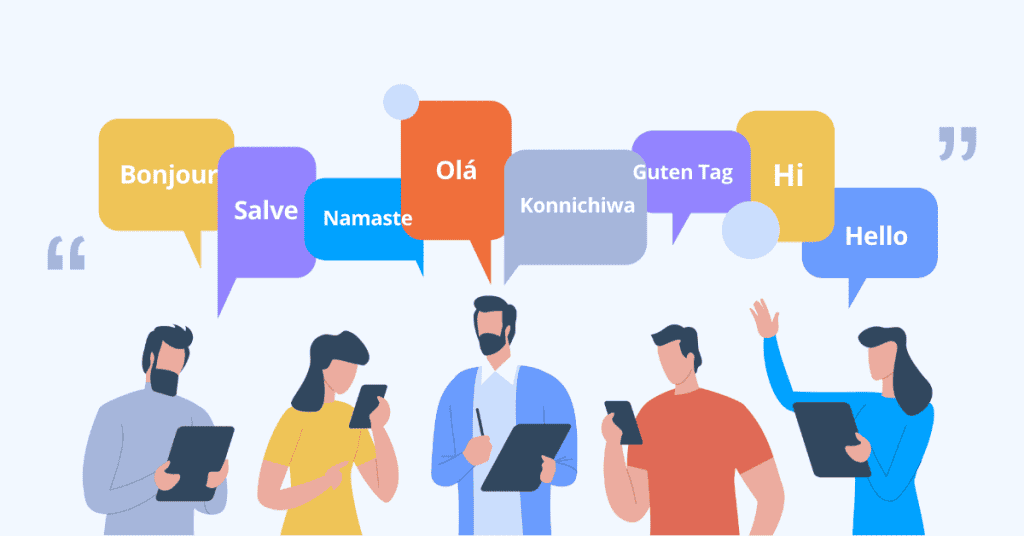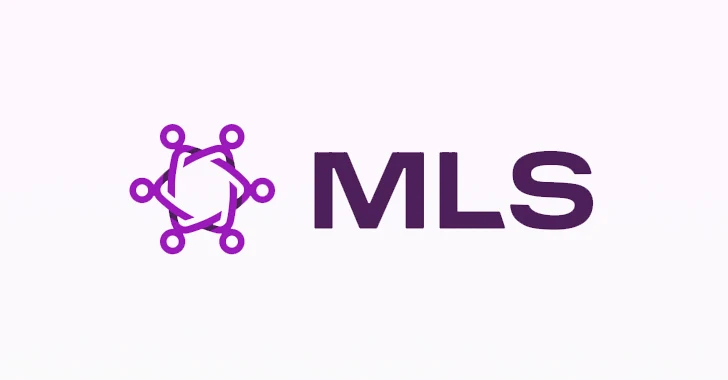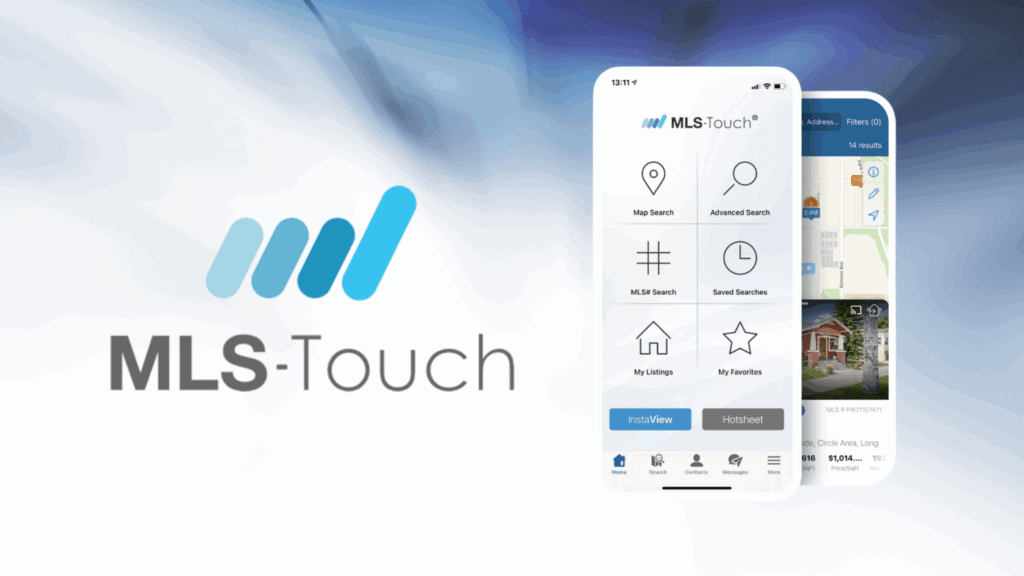In a globalized world, businesses are no longer confined to local or regional markets. Whether you operate an e-commerce site, an online service platform, or a blog, reaching a wider audience often means offering content in multiple languages. Multi-language support is no longer just a convenience; it’s a necessity for businesses looking to expand their reach and connect with diverse user bases.
Providing multi-language support can significantly enhance user experience, increase engagement, and expand your market reach. This article explores why multi-language support is essential, the benefits of offering content in various languages, and the strategies for implementing it effectively.
Why Multi-Language Support is Important

- Reaching a Global Audience: The internet has made it easier to connect with people from different parts of the world. However, language barriers can prevent potential customers from accessing content and services. By offering content in multiple languages, you make your website or application more accessible to a global audience. This is particularly important if you’re aiming to tap into international markets.
- Improving User Experience (UX): Users prefer engaging with content in their native language. A website or application that’s available in the user’s language improves comfort, understanding, and engagement. It also shows respect for their culture and communication preferences, which can foster trust and loyalty.
- Boosting Conversion Rates: Multi-language support can directly impact conversion rates. Studies have shown that consumers are more likely to make a purchase or take a desired action on a website that is in their native language. When users feel that the content is tailored to them, they are more likely to convert into customers.
- Search Engine Optimization (SEO): Offering multi-language content can also boost your site’s visibility in international search engine results. Multilingual SEO allows you to target users in different countries, using localized keywords, which can lead to increased organic traffic from global searches.
- Cultural Relevance: Every region and language comes with unique cultural contexts. Providing content that resonates with a particular culture is vital for engagement. Language isn’t just about translation—it’s about localizing content so that it aligns with the values, customs, and preferences of users in different regions.
- Expanding Market Reach: By offering your services in multiple languages, you can enter markets that were previously inaccessible due to language barriers. This can open up new revenue streams, partnerships, and opportunities for business growth.
Benefits of Providing Multi-Language Support
- Enhanced Brand Image: Companies that provide content in multiple languages show that they are committed to offering a better user experience for all customers, regardless of language or geographic location. This can help position your brand as inclusive, accessible, and professional.
- Customer Satisfaction and Loyalty: When users can access content in their language, it builds customer satisfaction. They feel valued, and as a result, they are more likely to return, recommend your business, and engage with your brand on a deeper level.
- Reduced Bounce Rates: A website that’s difficult to navigate because of a language barrier will likely see high bounce rates. Multi-language support allows users to find what they need quickly and easily, reducing frustration and increasing time spent on your site.
- Improved Customer Support: Providing multilingual customer support helps you address issues efficiently and accurately. This can enhance customer satisfaction and lead to positive reviews and word-of-mouth referrals.
- Competitive Advantage: In industries where competition is fierce, offering multi-language support can set your business apart from others. It can be the deciding factor for users choosing between you and a competitor.
Challenges of Multi-Language Support
While there are numerous benefits, offering multi-language support also presents challenges. Understanding and addressing these challenges is key to creating a successful multilingual experience for your users.
- Translation Quality: Simply translating content from one language to another isn’t enough. The quality of translation matters. Poor translations can lead to misunderstandings, frustration, and a lack of trust. It’s crucial to hire professional translators who understand the nuances of both the language and culture.
- Cost and Resources: Developing a multilingual website or platform can be resource-intensive. Translation, ongoing updates, and the technical infrastructure to support multiple languages all require investment in both time and money.
- Content Management: Managing multiple versions of your website or application can become complicated. You need to ensure that each language version stays updated and that content is consistent across all languages. This might involve setting up workflows for translation, updates, and QA.
- Cultural Sensitivity: Language is just one part of localization. Cultural differences can impact the way users perceive your content. For example, colors, symbols, and even images might have different meanings in different cultures. To avoid miscommunication, you must consider the cultural implications of the content you offer.
- Technical Integration: Setting up a multilingual website requires careful technical integration. This includes handling right-to-left (RTL) languages such as Arabic and Hebrew, managing localized SEO, and implementing language-switching functionality.
Best Practices for Implementing Multi-Language Support
Implementing multi-language support isn’t an overnight task, but it can be done effectively with careful planning and attention to detail. Here are some best practices to help you get started:
1. Determine Your Target Languages
Before diving into translation, identify which languages will serve your business goals best. Consider factors like:
- Your current audience: Where are your users coming from? Use analytics to determine which countries or regions have the highest traffic.
- Market research: Explore markets you plan to enter. Are there specific languages that will give you a competitive advantage?
- Business strategy: Align your language choices with your business objectives. If you’re aiming for international growth, prioritize languages spoken in key global markets.
2. Localize, Don’t Just Translate
Translation is only the first step; localization involves adapting your content to fit cultural norms and expectations. This includes:
- Localizing images: Certain images, colors, or icons might not resonate or could be misunderstood in different cultures.
- Currency and date formatting: Adjust elements like date formats (MM/DD/YYYY vs. DD/MM/YYYY), currency, and address formats to match regional norms.
- Legal and regulatory requirements: Ensure that your content complies with local laws, including privacy regulations, terms of service, and taxes.
3. Use Professional Translators
Automated translation tools like Google Translate can be useful for quick, rough translations, but they often miss context and nuance. To ensure accuracy, work with professional translators who are native speakers and familiar with the culture and business environment of the target language.
4. Ensure Seamless User Experience (UX)
Make the process of switching languages easy for users:
- Language switcher: Place the language toggle in a prominent location, such as the top-right corner, so users can easily switch between languages.
- Responsive design: Ensure that the website or platform supports different languages and displays correctly on mobile, tablet, and desktop devices. This includes accommodating right-to-left languages like Arabic and Hebrew.
- Consistent Navigation: Ensure that the menu, buttons, and call-to-actions are translated consistently across all languages.
5. Optimize for Multilingual SEO
Multilingual SEO ensures that your website ranks in search engines across different languages and regions. To improve multilingual SEO:
- Use hreflang tags: Hreflang tags indicate to search engines which language and regional versions of your content should be displayed to users.
- Localized keywords: Do thorough keyword research for each language and region to ensure you’re targeting terms relevant to the local audience.
- Separate URLs for different languages: You can use subdomains (e.g., en.example.com), subdirectories (e.g., example.com/en/), or country-specific domains (e.g., example.co.uk) to organize content by language or region.
6. Test and Monitor Performance
Once multi-language support is implemented, regularly test your website to ensure that the experience is smooth for all users:
- User feedback: Encourage users to provide feedback on their language experience to identify areas of improvement.
- A/B testing: Test different translations, content variations, or layouts to see what resonates best with different audiences.
- Analytics: Monitor user behavior in different languages using analytics tools to track engagement, bounce rates, and conversions across regions.
Conclusion
Providing multi-language support is essential for businesses looking to reach a global audience and improve user experience. By offering content in multiple languages, you can increase engagement, drive conversions, and build a loyal customer base in diverse markets. While implementing multi-language support comes with challenges, such as translation quality, resource allocation, and technical integration, following best practices and leveraging the right tools can help mitigate these challenges and ensure a seamless experience for users.
In a world where consumers expect personalized, culturally relevant content, providing multi-language support is not just an option; it’s a necessity for staying competitive in a globalized market.













